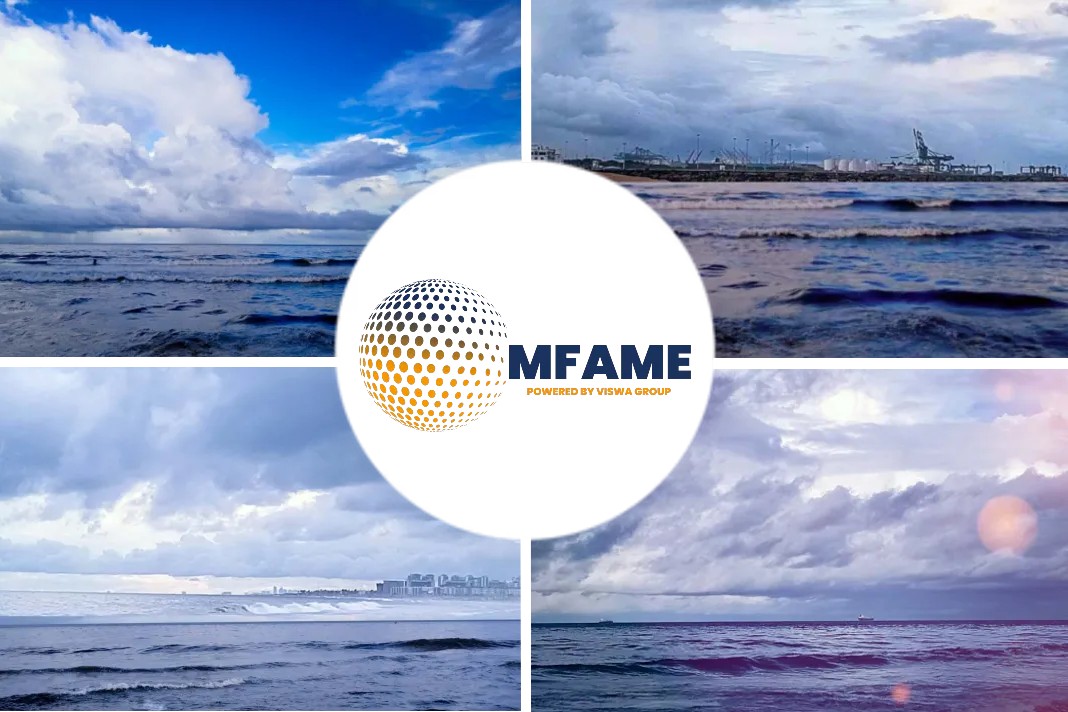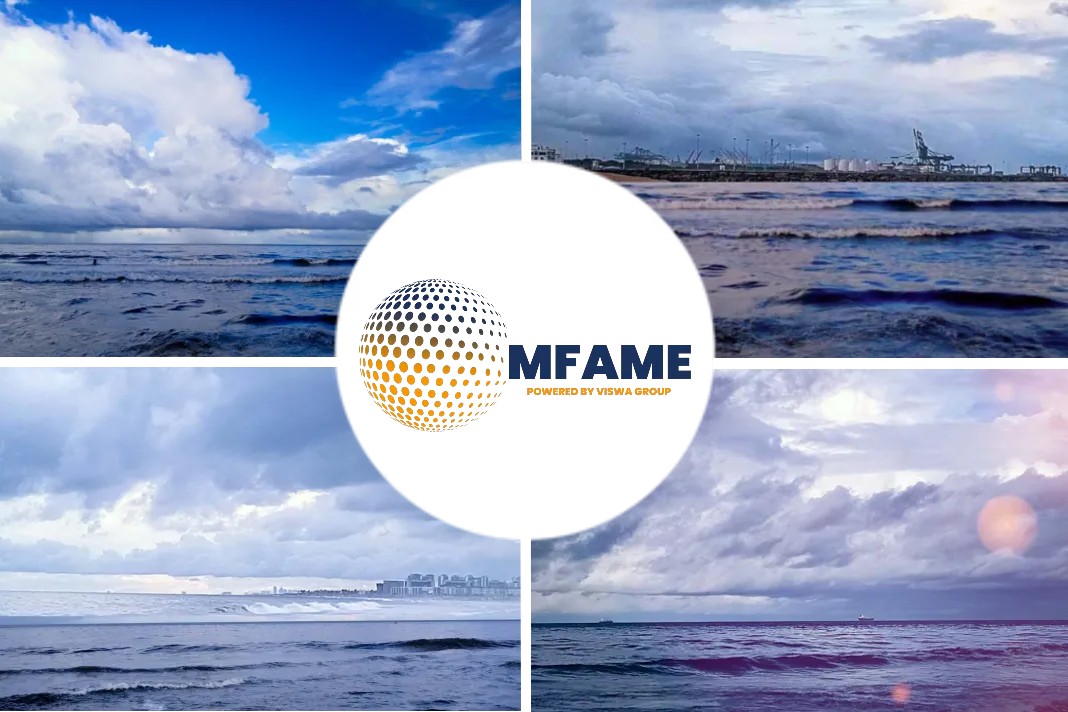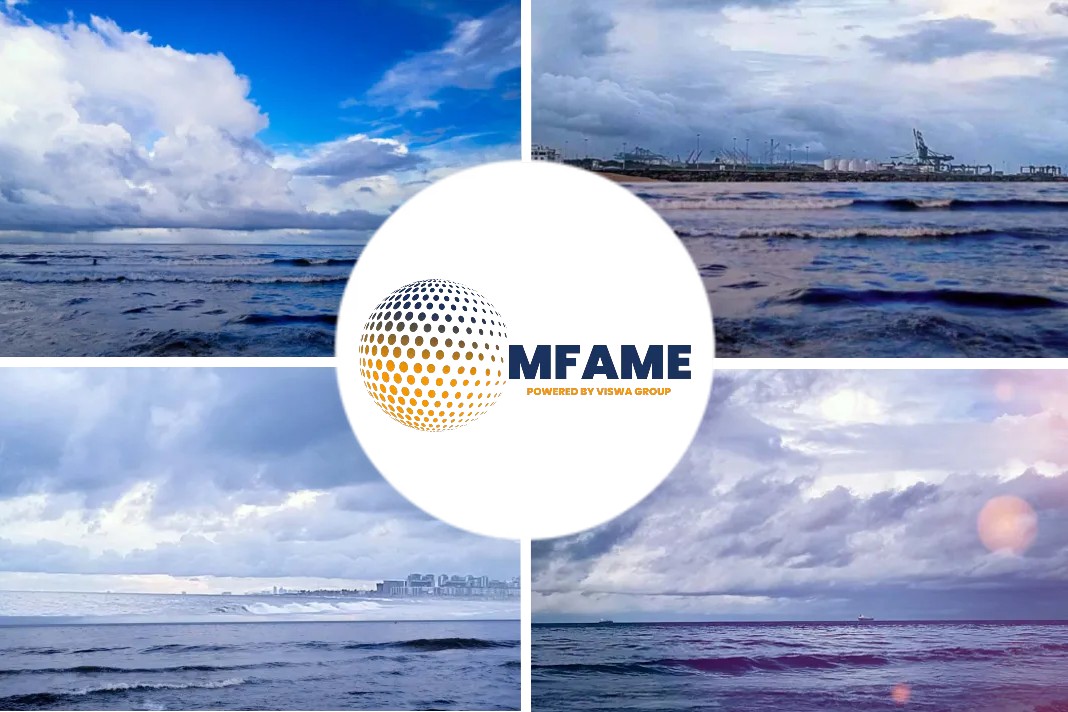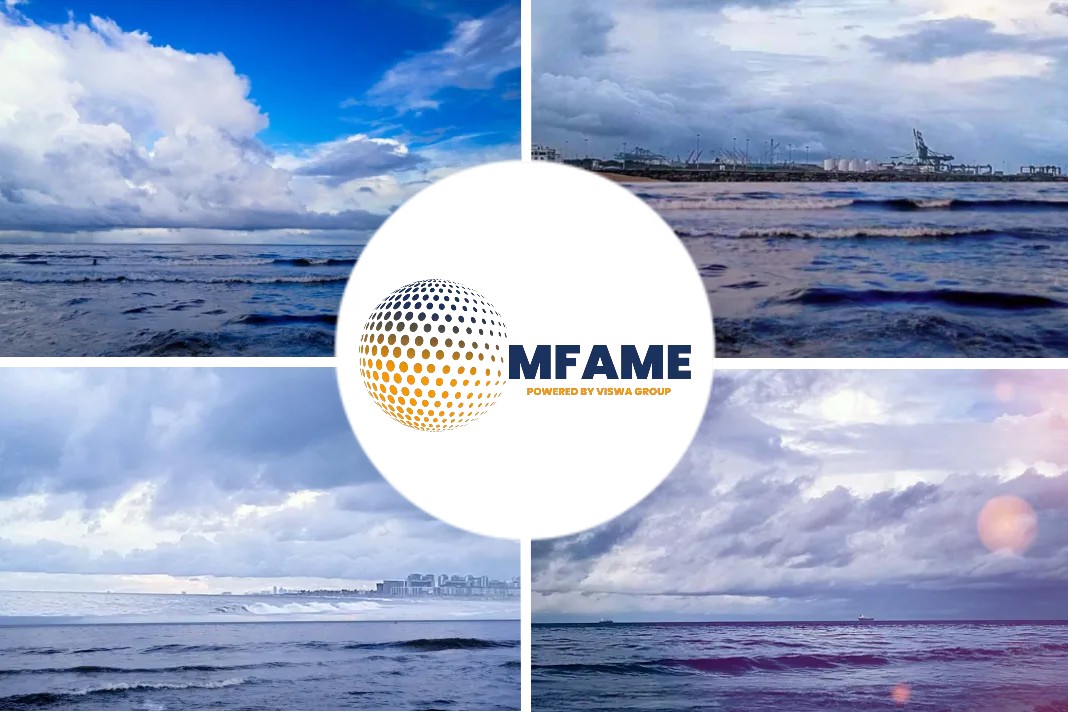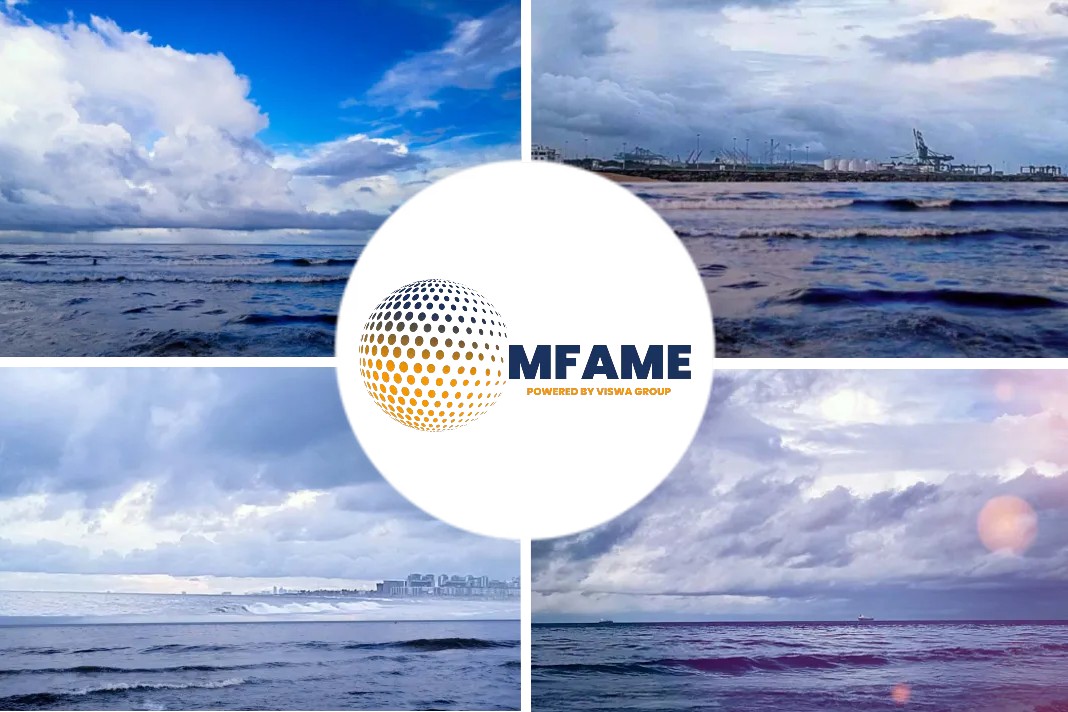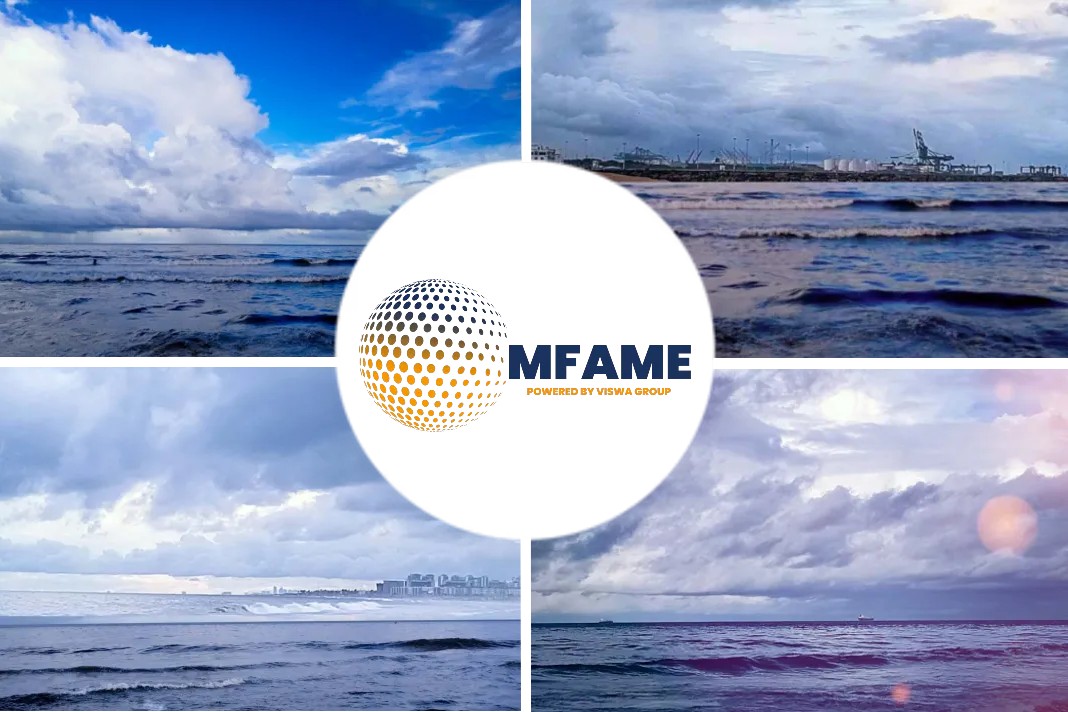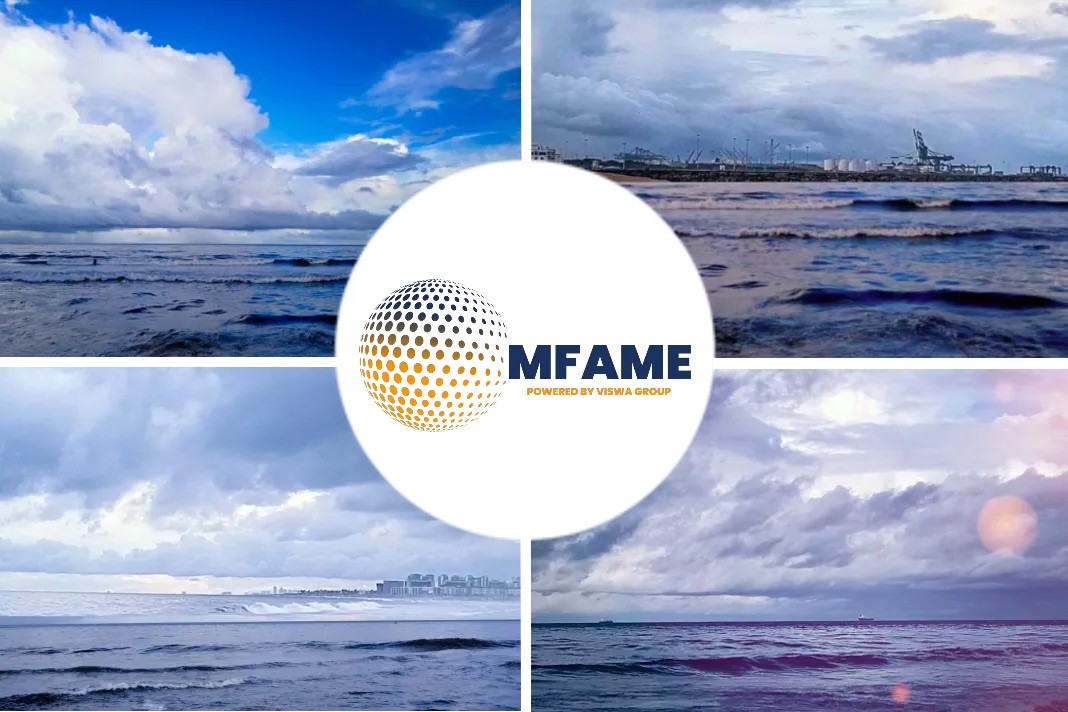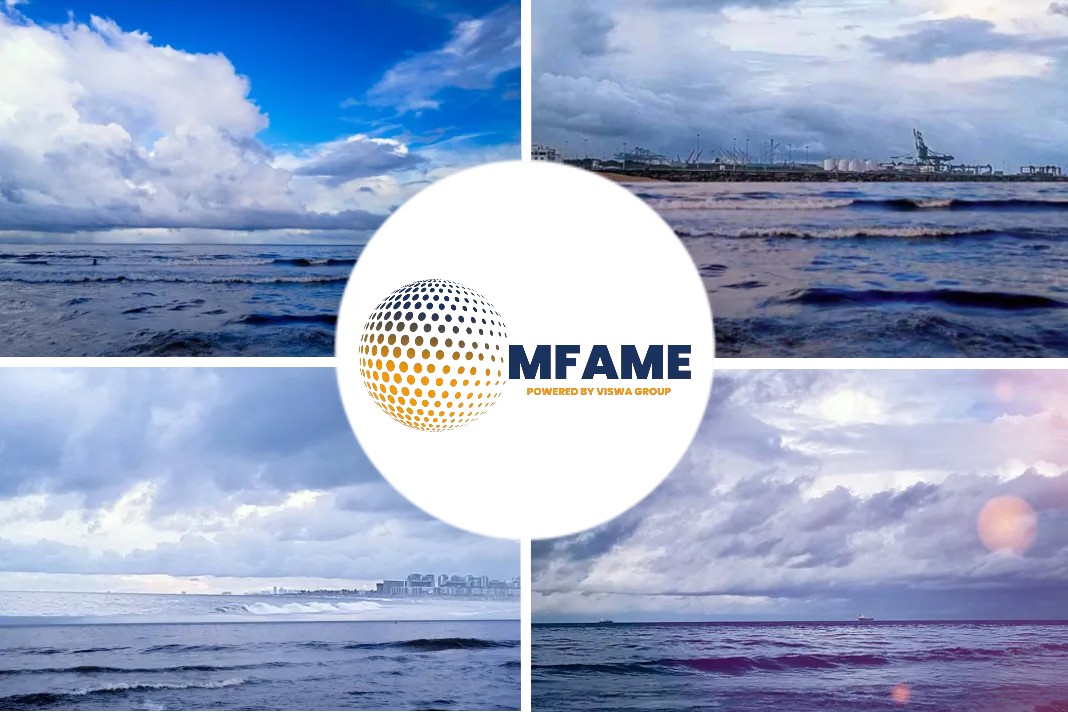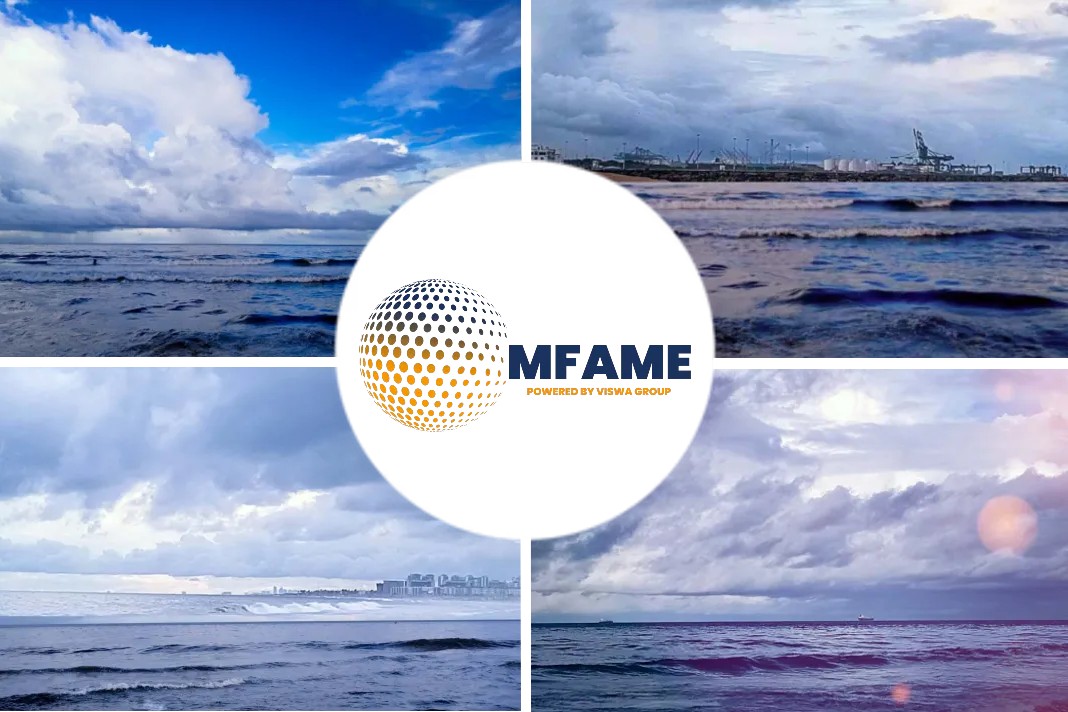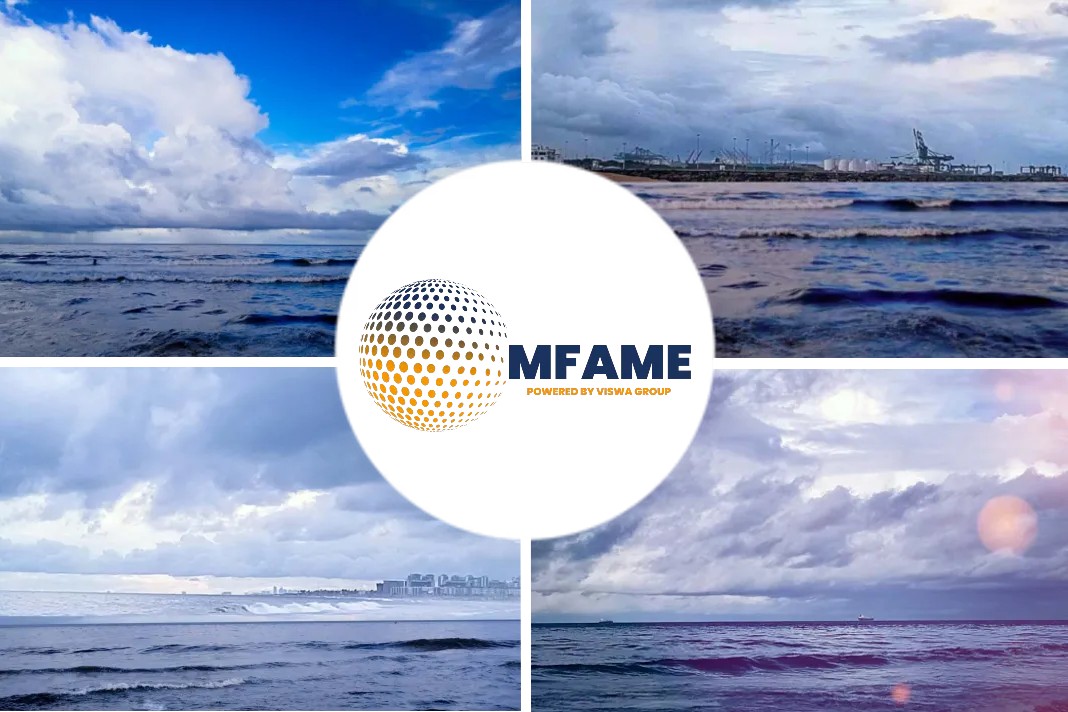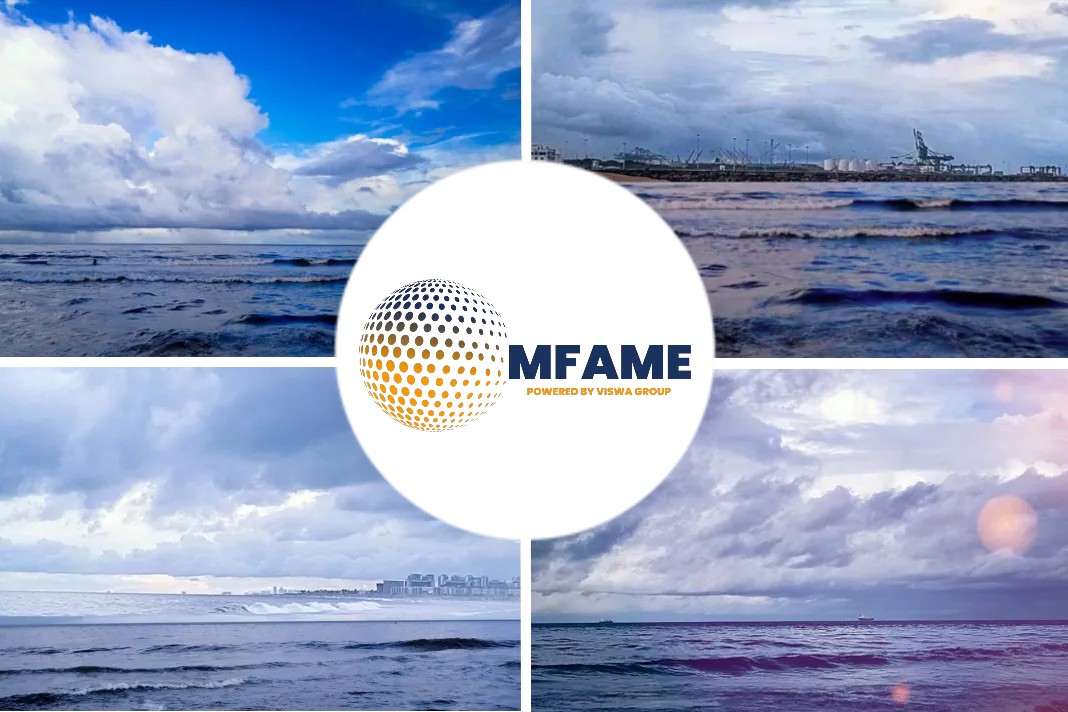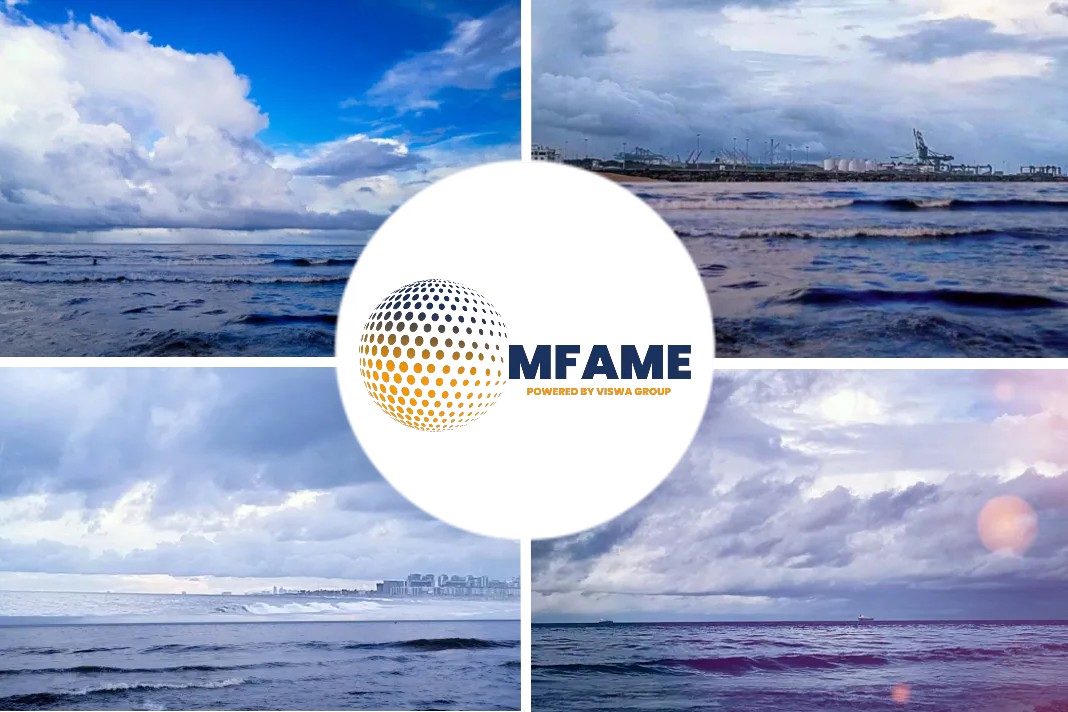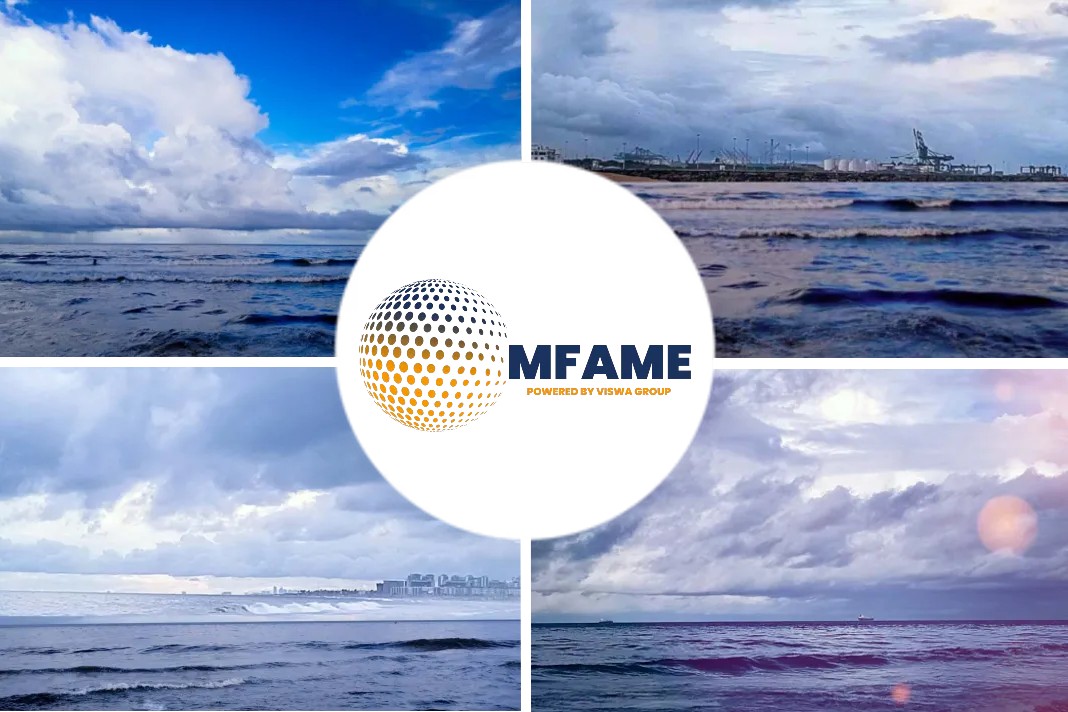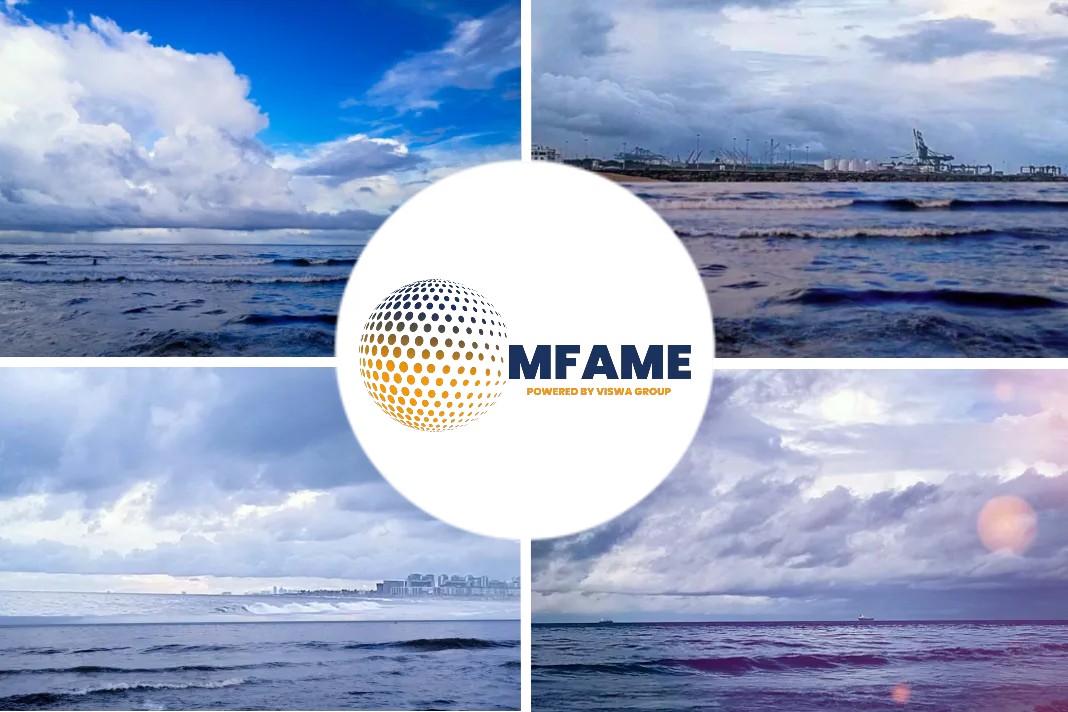Models show that directors can still go big on a minimal budget as reported by Collider.
Visual effects
When Jurassic Park was released in theatres, it looked to usher in a new era of visual effects for movies. Films like The Matrix and Avatar followed, as well as those in between and after, all of which advanced CGI. But don’t let it fool you into thinking that the traditional and practical usage of small effects has been abandoned.
The most crucial aspect of visual effects is convincing viewers that what they’re seeing on screen is just as real as the actors. The intended outcome can still be obtained by employing small sets today, however, it is not necessarily cheaper. Not every scaled-down model for the following films was the size of a dollhouse.
Many were enormous, with one towering over 40 feet.
Star Wars: Episode I – The Phantom Menace
Despite the prequel trilogy’s heavier use of CGI effects (at least when compared to the original three), there were plenty of miniatures on exhibit. To portray the complexity and diversity of the new worlds and cities that made up the galaxy far, far away, a lot of sophisticated tiny sets were developed. Miniatures appeared in unexpected places in The Phantom Menace.
The alien audience members were stacked into the seating after the pod-racing venue was built. Various vessels and pods were also made of a lesser size to make them appear more genuine. The city of Naboo received the same treatment, with a blue screen installed on a walkway to digitally insert the actors during post-production.
Indiana Jones and the Temple of Doom
When the time comes, fans of Indiana Jones and the Temple of Doom will know. Indy (Harrison Ford) and his companions must outrun members of a group known as the Thuggees. They have no choice except to leave the underground temple the only way they know how: through a mine on small, twisted lines that are quick and dangerous. For good reason, the sequence has stood the test of time.
Action figure-size models and miniature shooting trickery were used to create the mine cart chase. To match the smaller-scaled props, the camera speed must be slowed down when recording such a scene.
When it’s spliced together with the closeup footage of Indie and pals fending off the cult members, the only way to tell when the models appear is to analyse everything on the screen.
Casino Royale
The film had to end on a high note in Daniel Craig’s debut excursion as the 007 spy. Following the introduction of Vesper (Eva Green) and the development of her romance with Bond, the film immediately puts her in jeopardy. Bond fights henchmen left and right in order to reach Vesper, who is trapped in an elevator inside a sinking palazzo. Bond was portrayed as more vulnerable in this reinvention of the long-running franchise. There may be no better method to accomplish this than to make it appear as if Bond’s success is in doubt.
A model was used to create the sinking palazzo in Casino Royale’s conclusion, as well as several other structures. From behind-the-scenes footage, it already looks fantastic.
The fact that the sinking set isn’t life-size is even more amazing when combined with everything else in the picture. For an ageing icon who has no plans to retire, the retro effect makes perfect sense.
True Lies
Jamie Lee Curtis played Arnold Schwarzenegger’s super spy’s naive and innocent wife. In Florida, the two are caught up in a terrorist plot, and Schwarzenegger hurries to save his kidnapped wife in a limo. The action takes place on the Florida Keys’ Seven Mile Bridge. A large portion of the bridge is blown up to prevent the terrorists from reaching land before to the limo rescue.
The real Seven Mile wasn’t blown up, unlike what you may think if you watched True Lies. A model was put up with explosives, as well as miniature reproductions of the criminals’ cars. The small labour, however, did not end there.
The plane flying over Florida buildings in the conclusion and the snowy escape that starts the film brought two more scene pieces to life.
Blade Runner & Blade Runner 2049
The cyberpunk future shown in both of these sci-fi films isn’t a pretty picture of what’s to come. When it comes to landscapes alone, there are too many structures, many of which look to be crammed together and erected on top of one another. However, one reason it may be so unappealing is how genuine it appears. Building models and flying vehicles were used to bring the neo-noir city of Los Angeles to life.
For certain scenes in both films, this visual effect was used. Scaled-down vehicles were used to capture the flight scenes in both the original and 2049. This small piece included the original Tyrell pyramid, which was enormous. Despite the superior CGI that could have been utilised, the LAPD headquarters, much of the city, and even the junkyard in the more recent sequel employed these kinds of sets. These pieces took a lot of time and effort to create, and they definitely added a degree of realism.
Inception
In the film Inception, a group of burglars penetrates a man’s mind to gain access to his subconscious. CGI was employed liberally to great effect for the spectacular moments of the dream worlds that defy physics. However, not everything was made possible by CGI. The main characters enter a guarded hospital on top of a snowy mountain as part of a final effort to secure the robbery operation. Explosives are used to damage the hospital and the surrounding countryside, assisting the characters in waking up from their long sleep.
Throughout the film, authentic sets were employed, including a spinning hallway and a replica of the hospital’s facade. However, there was one more factor to consider. There was a scaled-down set with a unique purpose in addition to the life-size set for the hospital. The hospital, which stood 40 feet tall, and a mountain in the beautifully built model were both destroyed by real bombs.
V for Vendetta
When it comes to uprooting the tyranny that has taken over the UK in this dystopian future, V, the anarchist wearing a Guy Fawkes mask, goes to tremendous lengths. He sacrifices his life for the greater good, and his body is placed in a train car and sent off as his final message. The train, which is totally outfitted with explosives, is destroyed as it passes by Parliament and Big Ben.
The real monument, of course, was not desecrated for the sake of art. Instead, a considerably smaller version of the clocktower is ripped apart by a succession of explosions. The Big Ben model was 30 feet tall, whereas the Old Bailey replica, which was featured much earlier in the film, was 20 feet tall.
Later, debris and other effects were added, but the explosions were extremely realistic.
Harry Potter and the Sorcerer’s Stone
When initially seeing the first film in the series, the school for witchcraft and wizardry might be awe-inspiring. Many thanks to the crew who worked so hard to bring it to life. Despite the fact that Hogwarts was a model, it was nonetheless a magnificent, exquisite work of art. Around the castle, there were massive towers, walkways, and additional land, including the decrepit covered bridge that many beloved characters have used.
Seven months of preparation work was required for The Sorcerer’s Stone, with forty employees ensuring Hogwarts looked good and ready for the camera. Twenty model makers travelled back through the years, retouching the famed castle, due to storey requirements. They introduced updates to each new film. It’s extremely tall and wide, and it’s every bit as beautiful as Hogwarts should be.
The Dark Knight
The late actor Heath Ledger’s portrayal as the Joker stole the show in this Batman sequel, earning him a posthumous Academy Award. Batman’s life was made terrible by the wicked clown prince of crime. However, the number of spectacular action scenes included in the film may have made it all worthwhile. Director Christopher Nolan, like Inception, used less CGI to bring them to life on the big screen.
The tunnel automobile pursuit was done with scaled-down miniatures. When Batman’s tumbler rushed ahead, crashing into a henchman’s garbage truck before spinning around to catch up to the Joker, it was visible. You might not be able to discern at first look that the crash was not caused by real vehicles while viewing The Dark Knight. The beauty of small art is that it may be hidden in plain sight.
Independence Day
When the aliens attack in this invasion film, they destroy landmarks such as the White House and the Empire State Building. Intense infernos erupt from the blasts, engulfing cities and their environs. All of the landmarks that were destroyed were recreated in great detail, perhaps more so than a typical dollhouse.
Independence Day’s visual effects were so well received that VFX artists Volker Engel, Douglas Smith, Clay Pinney, and Joe Viskocil won Academy Awards for their work. In an interview with The Hollywood Reporter, Engel revealed the extraordinary degree of care that went into creating the White House replica.
The Impossible
Based on a true incident, a family is forced to deal with difficult circumstances after a tsunami causes massive devastation. While watching the wave crash into their hotel, it appears to be just as terrible as the actual thing. That’s because a pretend tsunami was unleashed inside a tank unit, which also housed a smaller model of the hotel where the family is staying.
When the time came to record it, all that was left was a camera to capture the water pouring by and obliterating the hotel. It kept the crew from being dragged into the current, which was extremely real and deadly. The water tank was also responsible for several additional scenes in the film depicting the wave’s route of destruction.
Wizard of Oz
A tornado swirls above Dorothy’s empty and deserted Kansas home before she is taken to the technicolour kingdom of Oz. How could a tornado be manufactured as a visual effect in a film that was released in 1939? Real footage of one was recorded several years earlier in 1930, but the weather phenomenon needed to be filmed without depending on poor archival material.
This was the tornado that inspired followers to pursue their ambitions of becoming meteorologists in the future. The finished product was achieved with a long length of muslin cloth, which allowed for easy shaping and mimicked the flexibility of a true twister. It was shot on a sound stage and then projected in the backdrop while the actors were onscreen, and it was one of the most expensive scenes in the film.
Star Wars: Episode III – Revenge of the Sith
Obi-Wan and General Grievous fight to the death in Revenge of the Sith’s battle of Utapau, and the sinkhole setting was a real aspect during filming, in the shape of a scaled-down set. Viewers could see all the various strata of the rocky city of Utapau if they paused the video. Mustafar’s volcanic wasteland was much more incredible.
A replica of the terrible planet was erected on a slanted wooden set for the film’s final confrontation between Anakin and Obi-Wan, which takes place there. The angle was chosen for a reason. Slime was needed to be poured down the streams, while fake lava glowed along fissures owing to lighting beneath the sets. The movement was aided by the tilt.
Did you subscribe to our newsletter?
It’s free! Click here to subscribe!
Source: Collider






